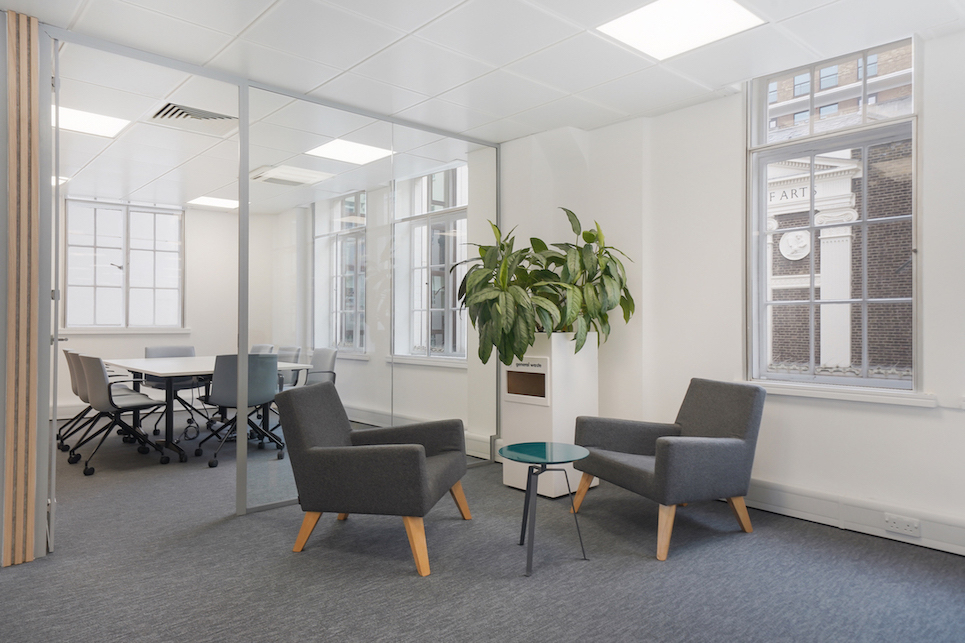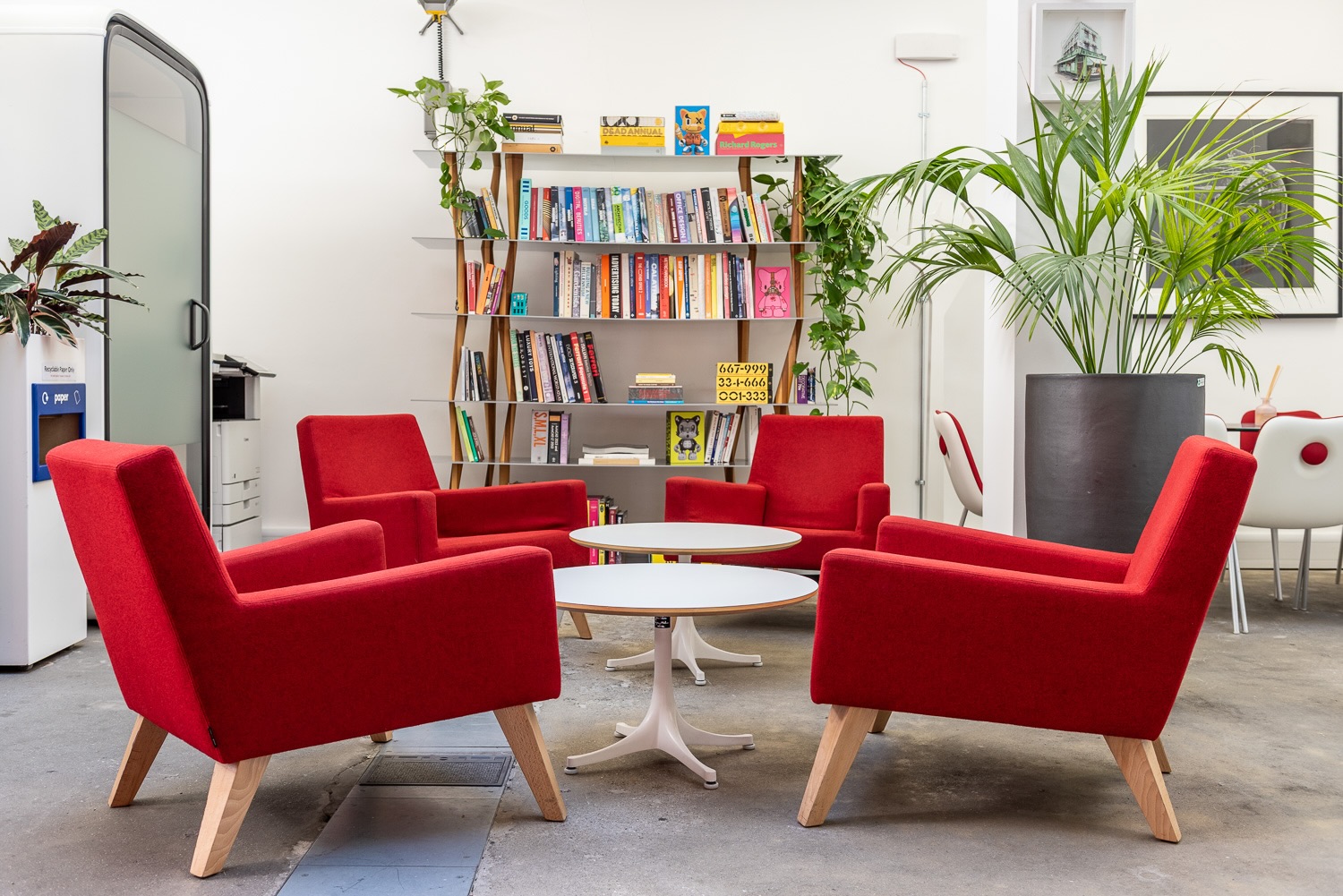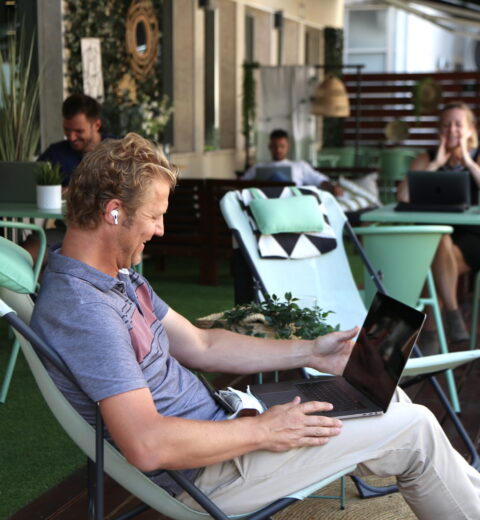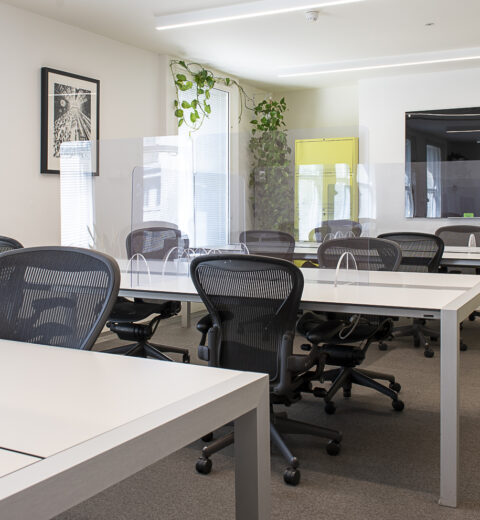Improving Health and Safety in Shared Offices
Shared offices have become the modern-day solution for flexible, affordable, and collaborative work environments. But with increased density and diverse users, maintaining high health and safety standards in these spaces has never been more crucial.

Whether you’re managing a coworking hub, a hybrid workspace, or a serviced office building, taking proactive steps to protect the well-being of occupants builds trust, boosts productivity, and keeps operations running smoothly.
Why Health and Safety Standards Matter More Now
In the wake of the COVID-19 pandemic, expectations around workplace safety have shifted. Employees and freelancers alike now prioritize clean, well-ventilated, and hygienic work environments. And with respiratory illnesses, allergies, and other shared-space risks on the rise, these expectations aren’t going anywhere.
According to the U.S. Environmental Protection Agency (EPA), indoor air can be two to five times more polluted than outdoor air, and poor indoor air quality contributes to headaches, fatigue, and reduced concentration.
That means improving the health of shared offices is no longer about checking a box—it’s a business necessity.
Air Quality Is the First Line of Defense
One of the most overlooked but impactful areas of office health is air quality. In shared spaces where people come and go all day, fresh, filtered air is critical to preventing the spread of airborne illnesses and maintaining energy levels.
Here’s how to improve it:
- Install high-efficiency air filtration systems to remove dust, pollen, bacteria, and viruses.
- Open windows periodically when possible for natural airflow.
- Use indoor plants to enhance oxygen levels and absorb toxins.
- Regularly service HVAC systems and replace filters on time.
Cleaner air doesn’t just help people breathe easier—it increases cognitive function and comfort throughout the day.
Cleanliness and Hygiene Protocols
A clean office doesn’t just look good—it’s a frontline defense against illness. While basic cleaning used to be enough, today’s shared spaces require consistent hygiene practices and clear communication.
Establish routines that include:
- Daily disinfecting of high-touch surfaces (door handles, kitchen counters, printers).
- Stocked hand sanitizer stations in key locations.
- Sanitizing wipes available near shared tech or equipment.
- Visible signage encouraging hand washing and basic hygiene.
Consider hiring a professional service for deep cleans weekly or bi-weekly, especially in restrooms and kitchen areas.
Address Indoor Smoking and Vaping
While most office spaces ban smoking, vaping has become a gray area—and it carries its own health concerns, especially in shared, enclosed environments.
To manage this effectively:
- Update office policies to clearly include vaping restrictions.
- Designate a smoking/vaping area outdoors, away from entrances.
- Install vape detectors in bathrooms, meeting rooms, or other discreet areas where compliance may be an issue.
These detectors help identify problem zones without invading privacy and show members you’re serious about maintaining a safe, breathable environment for all.
Encourage Safe Shared Equipment Practices
Coworking means sharing—printers, desks, kitchenware, and sometimes even headphones. Without guidelines, these shared tools can quickly become a health hazard.
Promote safe habits with:
- “Wipe before and after use” signs and supplies near shared equipment.
- Personal bins or lockers for frequently used tools or items.
- Avoiding shared cups and utensils—use compostable or bring-your-own options instead.
- Clear labelling of clean vs. dirty dishes and supplies.
Regular communication helps make these habits second nature to tenants and staff alike.
Focus on Ergonomics and Mental Wellness
Health and safety go beyond the physical. Supporting mental wellness and reducing long-term injury risks can set your space apart as a modern, people-first workplace.
Simple upgrades can include:
- Ergonomic chairs and adjustable desks for a variety of body types.
- Quiet rooms or booths for focused work and stress relief.
- Natural lighting or daylight lamps to reduce eye strain.
- Partnering with wellness providers to offer yoga, mindfulness, or posture workshops.
These changes help reduce burnout and demonstrate that your space is designed for human comfort—not just aesthetics.
Emergency Preparedness and Clear Communication
Even the safest office needs a plan for when something goes wrong. Fire alarms, power outages, medical incidents, or extreme weather all require fast, confident action.
Make sure you:
- Have visible emergency exit signage and posted evacuation routes.
- Run drills with your team or tenants at least once a year.
- Maintain stocked first-aid kits and easy access to fire extinguishers.
- Designate staff or tenants who are trained in CPR or first response.
- Use digital systems (like Slack or email alerts) for real-time safety updates.
Being prepared reduces confusion and builds trust in high-stress situations.
Final Thoughts
Health and safety in shared offices isn’t just about rules—it’s about creating a space where people can do their best work without distraction, risk, or discomfort. From clean air and strong hygiene to vape detection and ergonomic design, every step adds up to a stronger, safer workplace. And in today’s competitive workspace market, that’s not just a perk—it’s a necessity.
Photo credits: eOffice



